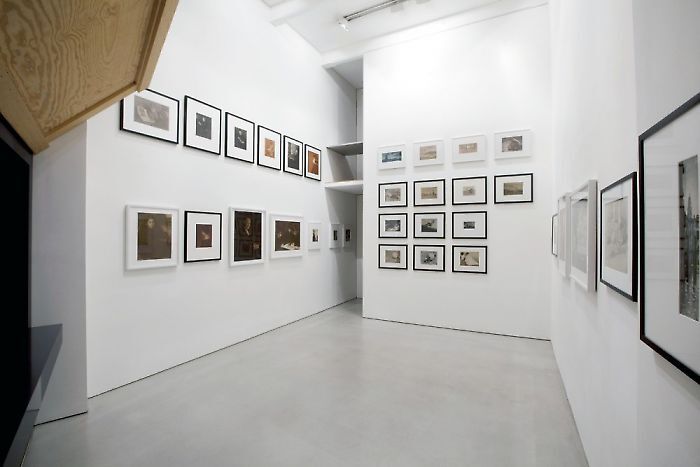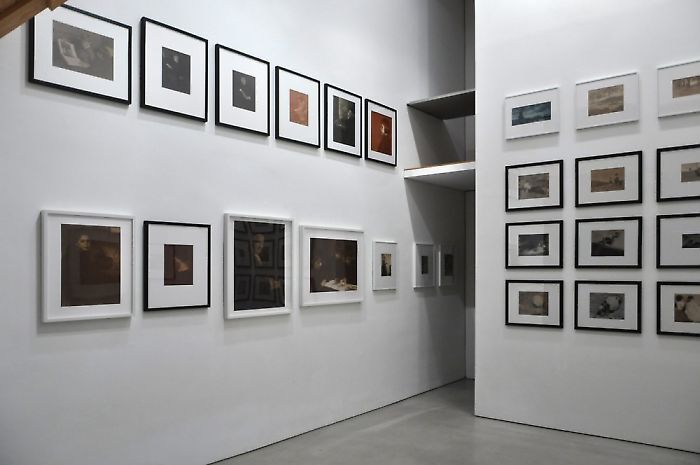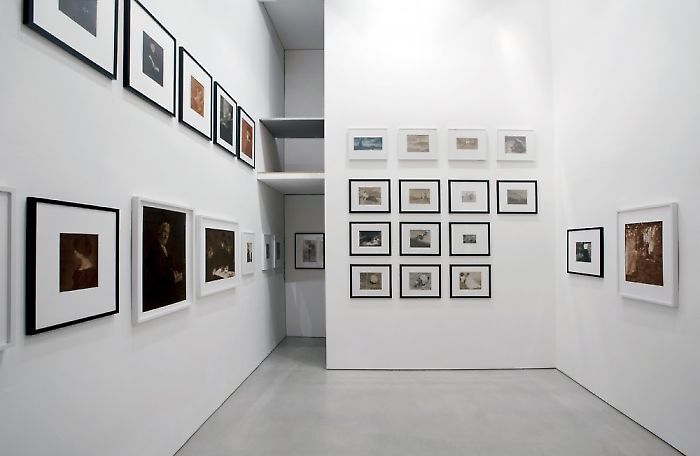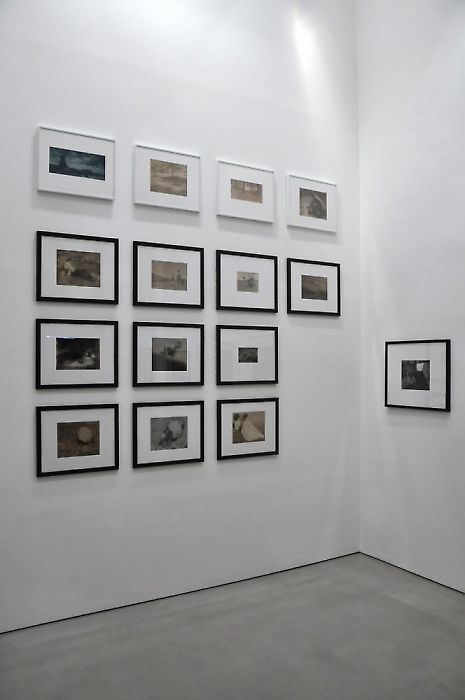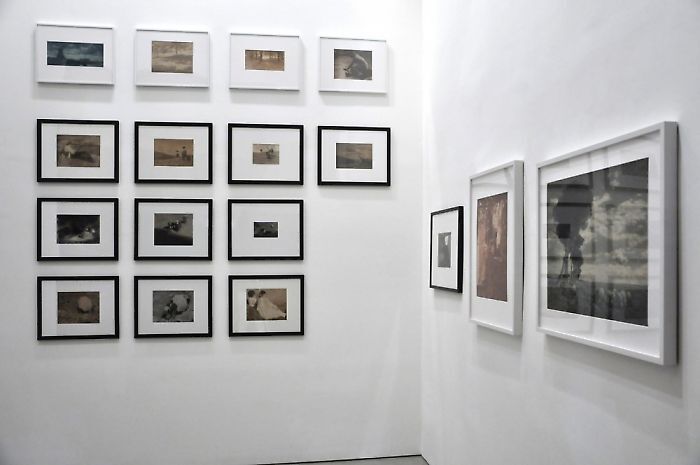—
Heinrich Kühn
einmal KÜHN, immer KÜHN
Heinrich Kühn, born in 1866 in Dresden, died in 1944 in Birgitz
As part of the 2008 group exhibition ‘Kicken in Wien’, Georg Kargl BOX already showed more than 40 works of pictorialist photography dating from the years 1896 and 1916. In the exhibition ‘einmal KÜHN, immer KÜHN’, the work of Heinrich Kühn is now presented in a solo exhibition.
Heinrich Kühn is considered one of the most important representatives of international pictorialism around 1900. When in 1895, at the start of his career, he became acquainted with Hugo Henneberg and Hans Watzek in Vienna’s ‘Camera Club’, they began shared experiments with the newest photographic print techniques. One of these new techniques was the gum bichromate process, a high quality print technique where light contrasts are adjusted and the image can be given a lack of focus that suggests a painterly quality.
Kühn’s goal was to create photographs whose artistic value was by no means inferior to that of painting, as is reflected in the color photographs he created beginning in 1907 with the autochrome process. “The most familiar stylistic technique of pictorialism is an intentional lack of focus. It transforms the photograph into an atmospheric art form [...] at the same time, it trains the eye of the beholder to perceive a photographic image as more than just registering part of the external world. The eye learns to register the finest nuances of light and shadow” (Wilfried Wiegand).
Around 1900, Kühn’s photography was primarily dedicated to landscapes. Later, portraiture increasingly gained in importance. Soon, his four children and their nanny Mary Warner became the most important motifs for his photographs. After the death of his wife Emma, Kühn lived in isolation in the countryside, and until 1937 dedicated himself primarily to still lifes, until finally retiring entirely. Kühn’s work was presented at numerous exhibitions between 1895 and 1915 and published in the most important art journals.
The exhibition ‘einmal KÜHN, immer KÜHN’ includes the subjects that primarily defined his work: landscape, especially downward perpsectives from mountain cliffs and dunes, portraits of his son, Hans, and the later floral still lifes.
Inquiry
Please leave your message below.
